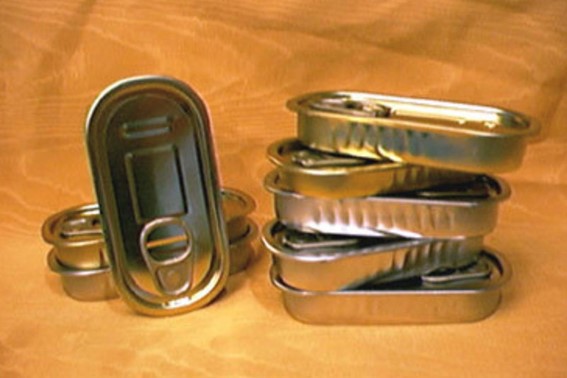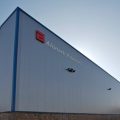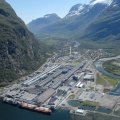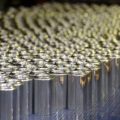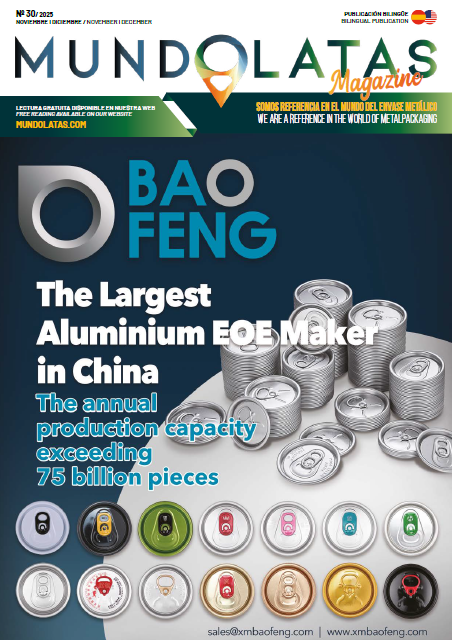The Regional Ministry of Industry, Tourism, Innovation, Transport and Trade of the Government of Cantabria has granted a subsidy of 269,352 euros to the company Estampaciones Metálicas del Cantábrico, EMECANSA, for the start-up of a new production line of metal packaging for anchovies at its facilities in Santoña, which will involve an investment of 1.4 million euros.
A total of 65 companies have applied for this line of the General Directorate of Industry for productive investments which amount to more than 32 million Euros in land acquisition, capital goods, new facilities, intangible assets or external consultancy services.
EMECANSA’s project consists of the acquisition and implementation of a new production line for the production of anchovy cans. This line will significantly increase the company’s efficiency and production capacity, which will enable it not only to meet current demand, due to the increase in consumption of the octavillo, but also to be able to increase domestic sales and exports.
Estampaciones Metálicas del Cantábrico began its journey as a manufacturer of metal packaging in the early 1950s, in a small warehouse located in Santander, when it was still a developing area of the city. Over the years, it established itself as a stable company, committed to the development of local products, starting to manufacture the star packaging format, the so-called octavillo for Cantabrian anchovies.
Betting on the growth of the company, in the early 90’s the company moved its facilities to the town of Santoña, the center of national anchovy production, becoming a great support for the entire canning industry by providing quality metal packaging to both large canneries and smaller, family-owned companies.
The Councilor for Industry, Javier López Marcano, points out the important commitment of this family company to grow and modernize in order to improve its productivity, the quality of its product and the safety of the production process and to be more competitive, equipping itself with more precise and efficient machinery of the latest generation, which incorporates quality controls and allows a better use of all the resources, with the consequent reduction of costs.
Likewise, Marcano confirms that his department will contribute to this investment with a subsidy of 19.3 percent of the total, through the CRECE 2 aid line. This competitive call, which has a total allocation of 5 million euros, seeks to increase the productivity and competitiveness of the Cantabrian industry and is co-financed by the European Regional Development Fund (ERDF).
The company’s goal is to “continue to be a reference in the manufacture of metal packaging in northern Spain and even bet on new markets and business opportunities that allow them to establish their growth,” which will undoubtedly benefit the productive fabric of Cantabria, he concludes.

